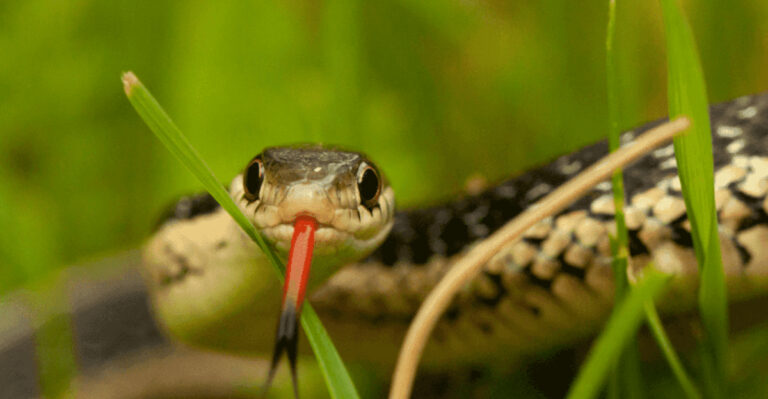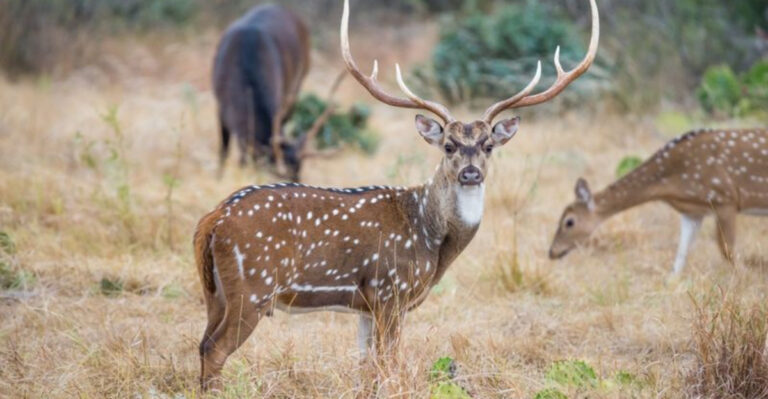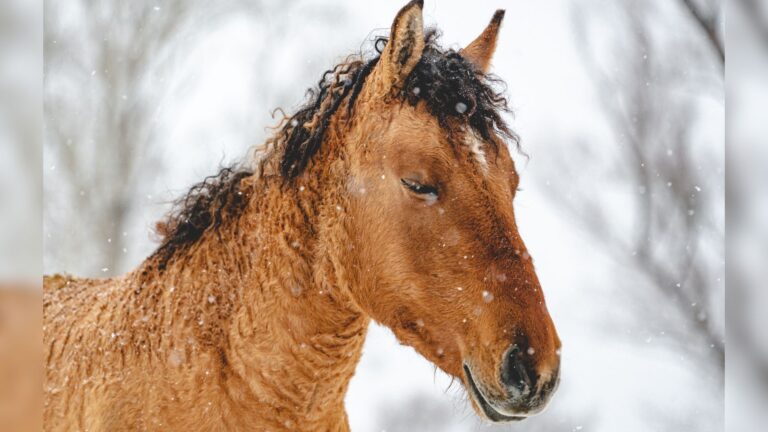14 Steps Pet Owners Should Follow If A Wild Jungle Cat Appears In The Yard
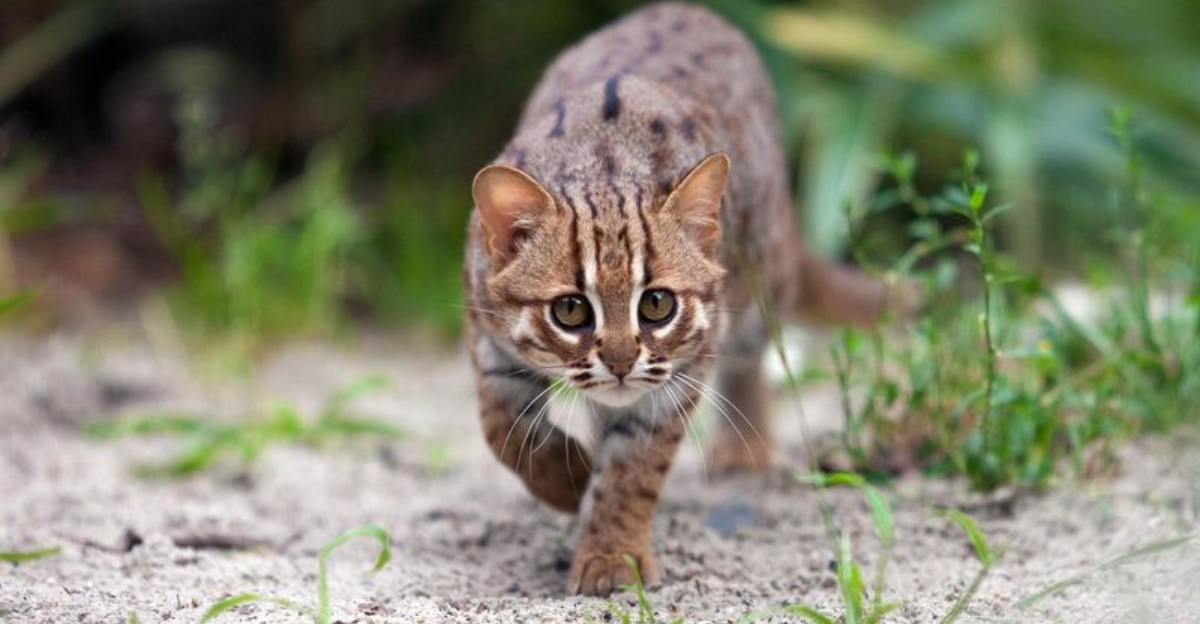
Ever looked out your window to find something much bigger than the neighborhood tabby staring back? Wild jungle cats occasionally wander into suburban areas, creating potentially dangerous situations for you and your pets.
These powerful predators might seem exciting to spot, but they pose serious risks that require immediate, thoughtful action. Here’s what to do if you find yourself facing a leopard, jaguar, or other wild feline in your backyard.
1. Remain Eerily Still
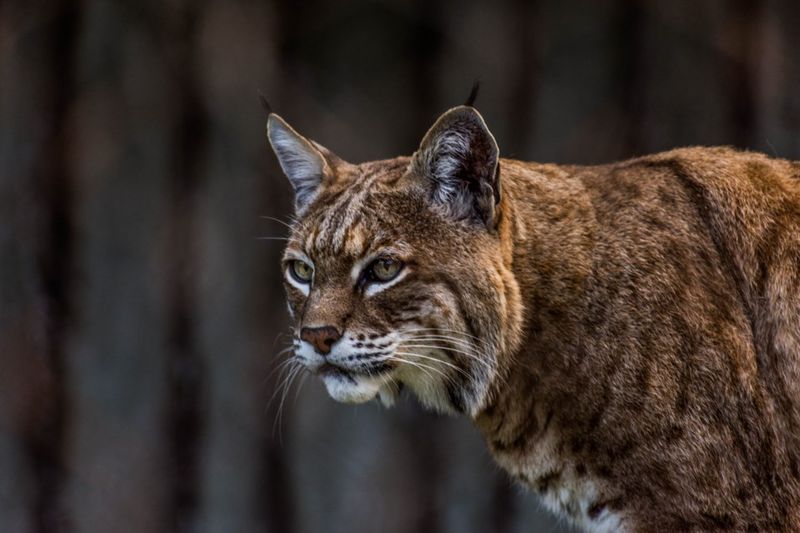
Sudden movements trigger a jungle cat’s hunting instinct. Freeze where you stand and avoid direct eye contact, which these predators interpret as a challenge.
Breathe slowly and avoid the urge to run – running activates their chase response. Remember: you’re trying to appear non-threatening until you can safely retreat indoors.
2. Bring Pets Inside Immediately
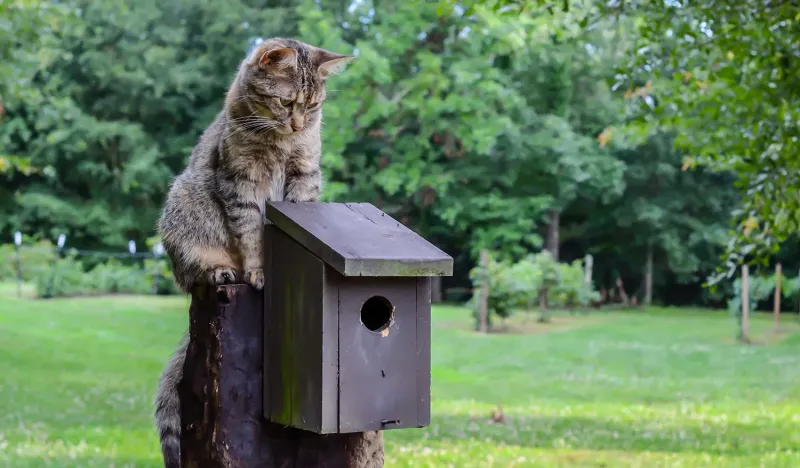
Your furry friends are potential prey to a jungle cat. Call pets inside using a calm, normal voice – avoid frantic shouting that might startle the wild animal.
If pets are near you, slowly guide them toward the house. Never attempt to pick up or chase after pets that won’t come – this could trigger the jungle cat to attack.
3. Secure All Entry Points
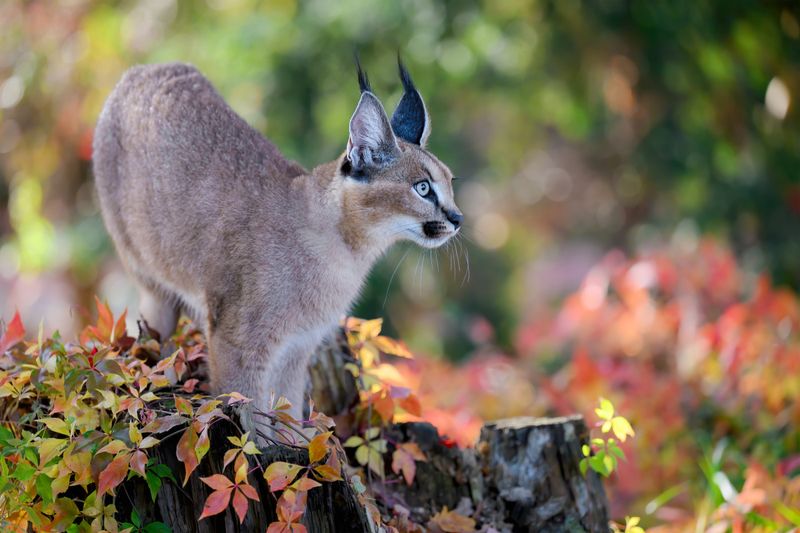
Wild cats can squeeze through surprisingly small openings. Lock all doors and windows once inside, including pet doors, basement windows, and attic vents.
Check screens for tears that could become entry points. A determined predator might attempt to follow the scent of potential prey – your pets – right into your home.
4. Contact Wildlife Authorities
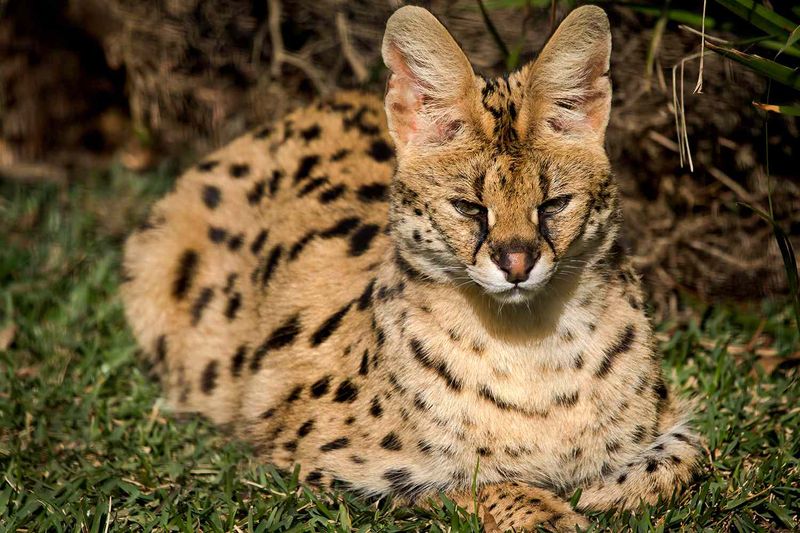
Local wildlife officers are trained to handle exotic animal situations. Call them immediately – not animal control, which typically manages domestic animal issues.
Provide detailed information: the cat’s size, behavior, and exact location. Stay on the line for instructions, as different regions have varying protocols for wildlife encounters.
5. Alert Your Neighbors
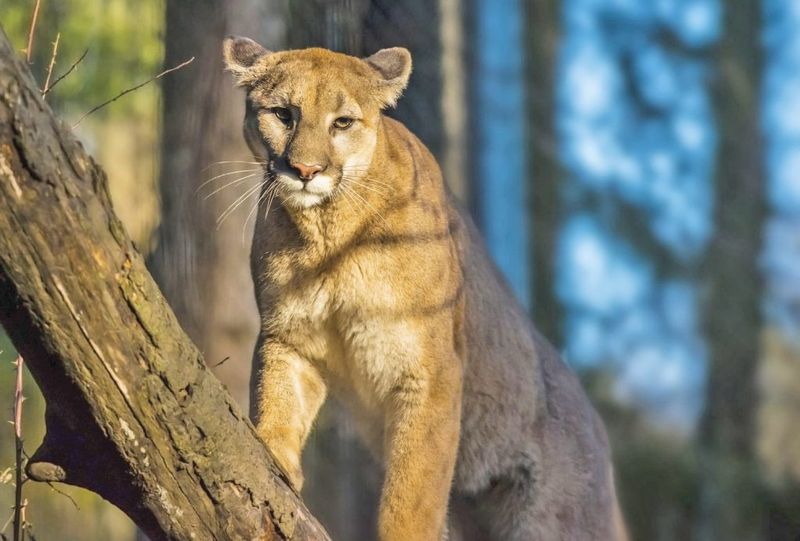
A quick text or call could save lives! Warn neighbors with pets or small children about the potential danger lurking nearby.
Use neighborhood apps or phone trees if available. Share only confirmed information to prevent panic, and advise everyone to stay indoors until authorities confirm the area is safe.
6. Document From Safety
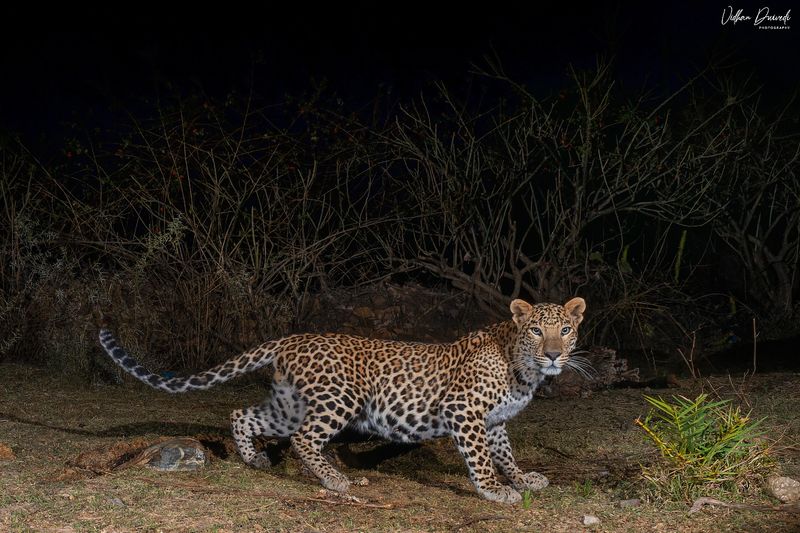
Clear photos help wildlife experts identify the species and assess the situation. Snap pictures through windows—never venture outside for a better shot!
Note the time of appearance and the cat’s behavior. These details assist authorities in tracking patterns and determining if the animal is lost, released, or naturally occurring in your area.
7. Create Noise Barriers
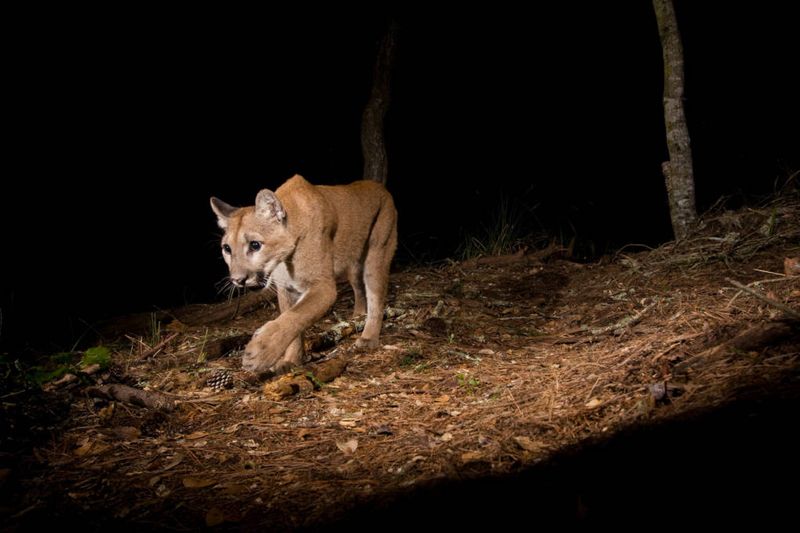
Unfamiliar sounds can discourage jungle cats from lingering. Turn on outdoor speakers playing talk radio – human voices often deter wild animals.
Alternatively, bang pots and pans from inside your home. The goal isn’t to startle or anger the cat, but to create an uncomfortable environment that encourages it to move along.
8. Keep Pets Calm Indoors

Your anxiety transfers directly to your pets. Maintain normal routines – feed them on schedule and speak in soothing tones to prevent stress behaviors.
Move pet beds away from windows where they might spot the jungle cat. Consider playing soft music to mask outdoor sounds that could agitate your furry family members.
9. Remove Outdoor Attractions
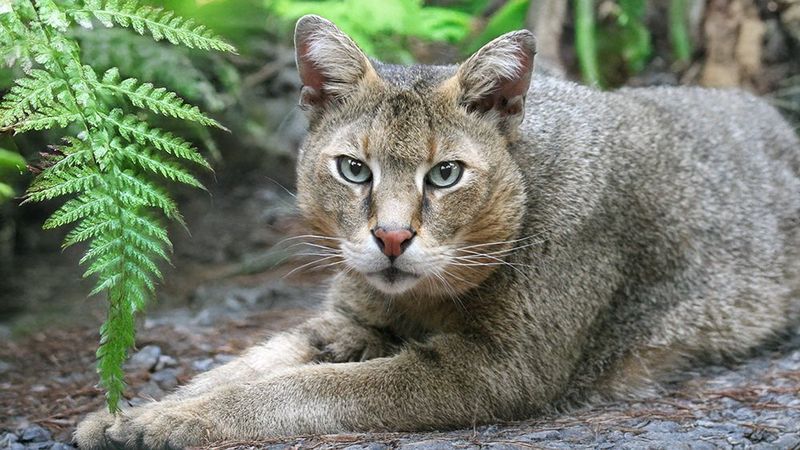
Jungle cats follow food sources. If possible, temporarily bring in bird feeders, pet food bowls, and garbage cans that might attract smaller animals – which in turn attract predators.
Secure compost bins and clean up fallen fruit from trees. These simple steps eliminate the buffet that might keep a wild cat hanging around your property.
10. Prepare Emergency Pet Carriers
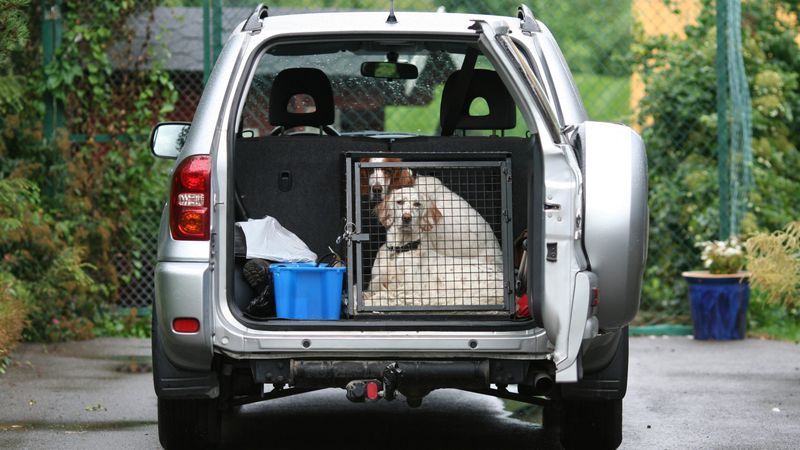
Quick evacuation might become necessary if the situation escalates. Have carriers ready for smaller pets and leashes accessible for dogs.
Pack a small bag with essential pet medications and food. This preparation ensures you won’t be scrambling for supplies if authorities recommend temporarily leaving your home.
11. Avoid Nighttime Yard Access
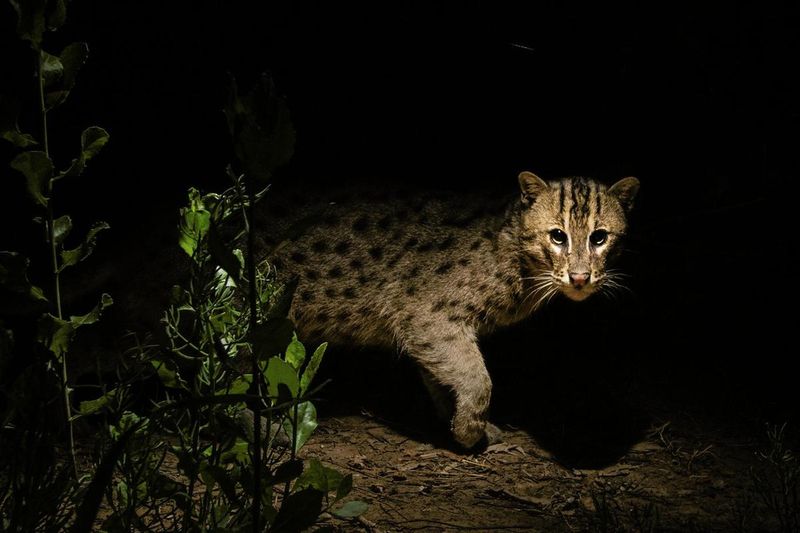
Most jungle cats are nocturnal hunters, becoming more active after dusk. Even after the initial sighting passes, keep pets indoors during evening hours for several days.
When necessary, accompany pets outside on leashes for bathroom breaks, using bright flashlights to scan the area. Never allow unsupervised outdoor time until authorities confirm the all-clear.
12. Install Motion-Activated Lights

Sudden brightness startles most predators. Temporary motion-sensor lights can be quickly installed around your property’s perimeter as a deterrent measure.
Solar-powered options require no wiring and can be placed strategically near pet relief areas. The unexpected illumination disrupts a jungle cat’s stealthy approach, often causing them to retreat.
13. Consider Temporary Fencing Solutions

Portable mesh fencing creates a quick barrier around small pet relief areas. While not strong enough to stop a determined predator, it provides a visual boundary that might discourage casual exploration.
Look for options at least six feet tall with sturdy stakes. This temporary measure buys peace of mind during bathroom breaks until the threat passes.
14. Follow Up With Wildlife Experts
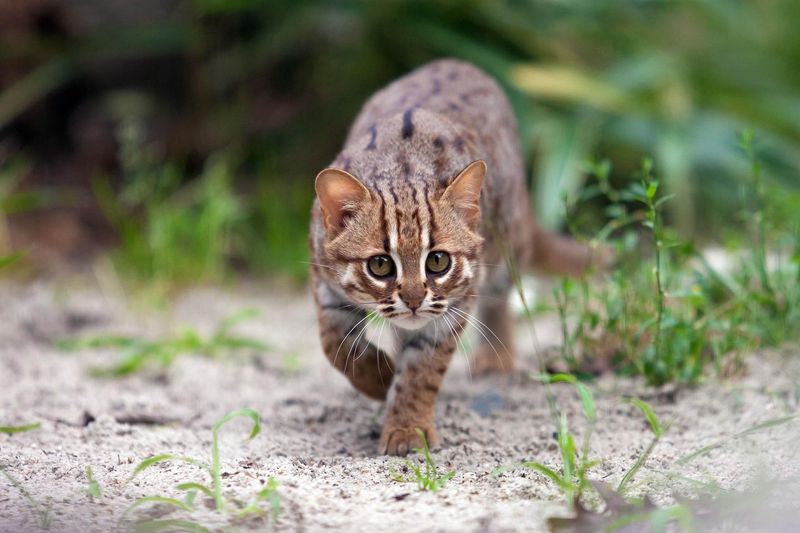
After authorities handle the immediate situation, request information about preventing future visits. Local wildlife officers often provide customized recommendations based on your property’s specific features.
Ask about habitat modifications that discourage predators without harming the ecosystem. This proactive approach protects both your pets and local wildlife in the long term.



